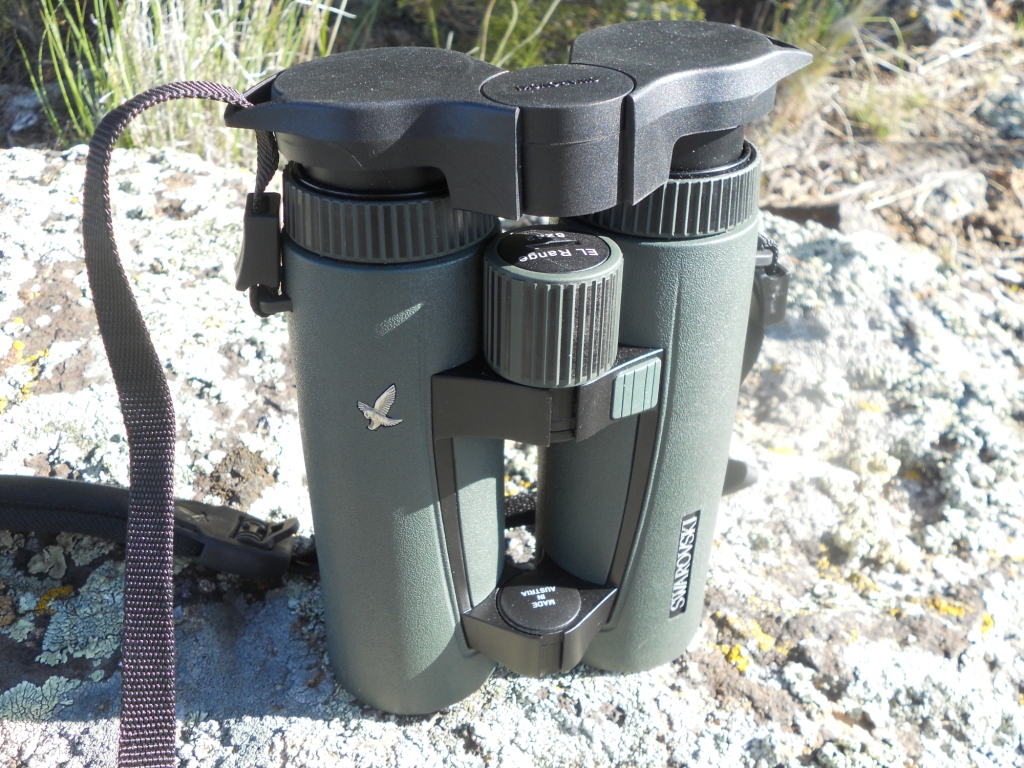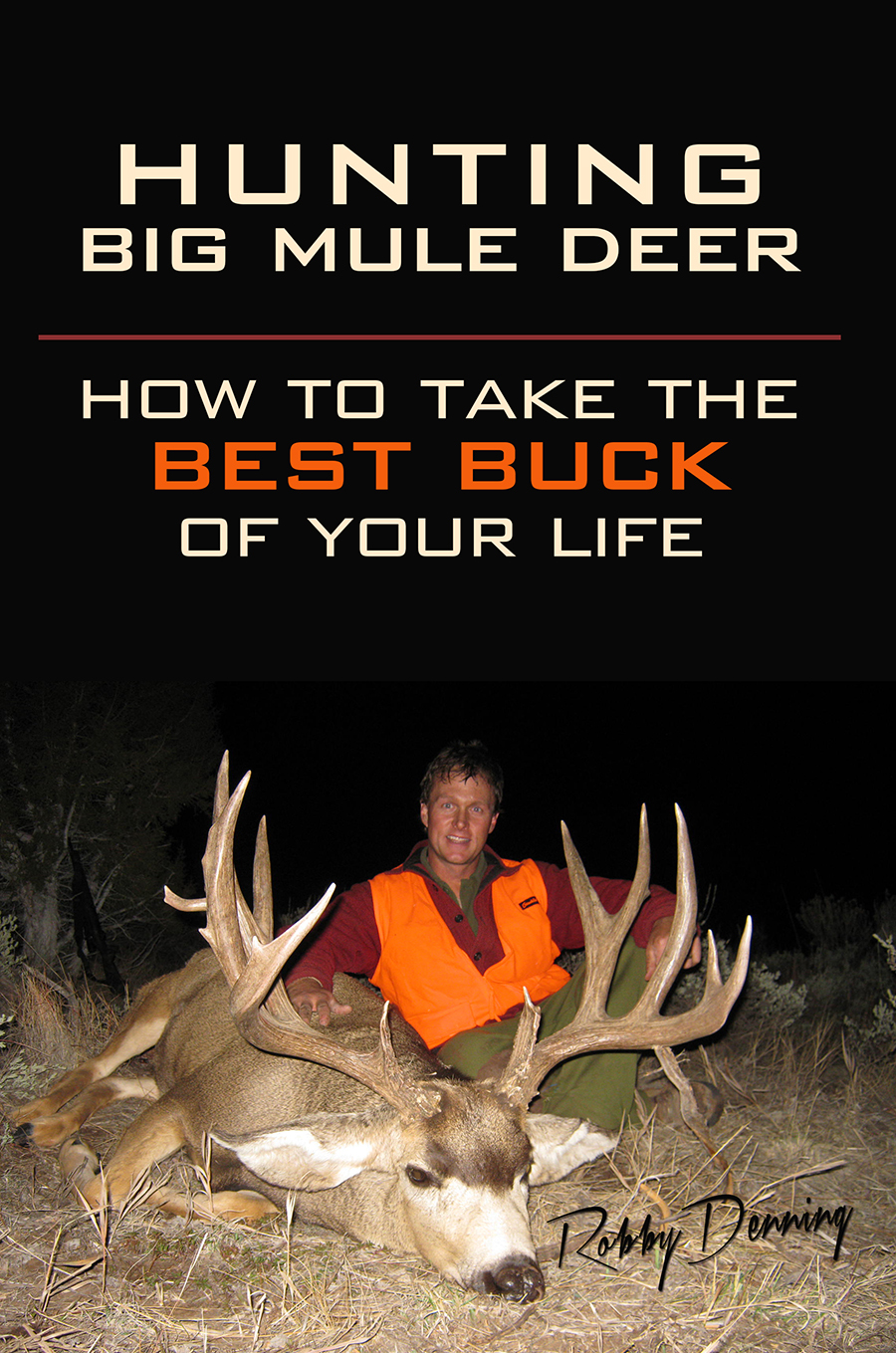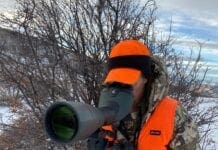Top 10 Glassing Mistakes
We all make ’em, and they cost us big bucks
By Robby Denning, Rokslide Co-Owner
There was a time that few hunters used optics to locate and stalk mule deer. Oh, they may have had a pair slung around their necks, but few used them to locate previously unseen game. Seems nowadays, more hunters are turning to optics as their primary technique and rightly so. In many mule deer units across the West, glassing will show you more bucks than any other method like still-hunting, deer drives, ambush hunting, and road hunting.
I’ve seen many tags go to waste because hunters aren’t proficient at glassing. I’ve also seen dreams come true because a hunter can simply spot game. Hunting mule deer exclusively the last 20+ seasons has allowed me to fine tune my own glassing technique and identify common mistakes that make glassing less effective. If you’re making even one of the mistakes listed, you’re not spotting all the big bucks that you could be.
Mistake 1: Not planning your glassing strategy
In my early years of buck hunting, I had decent optics and used them wherever I hunted. However, rarely did I plan my hunt around being in key glassing positions at prime times. Rather, I’d hunt along and glass when I saw something worth glassing. Now, years later, I virtually plan my whole hunting day around being in good glassing positions at the right times.
Mistake 2: Not using the sun to your advantage
Everybody has heard of keeping the sun at your back, but I’ve noticed many hunters still don’t do it intentionally. With the sun at my back early and late in the day illuminating the slopes I’m glassing, I’ve spotted good bucks at five miles. No, I’m not counting points at that distance, but I can tell if he’s worth a closer look and plan my hunt accordingly. If you don’t use the sun to your advantage, you might as well sleep in—you’ll see nearly as many bucks.
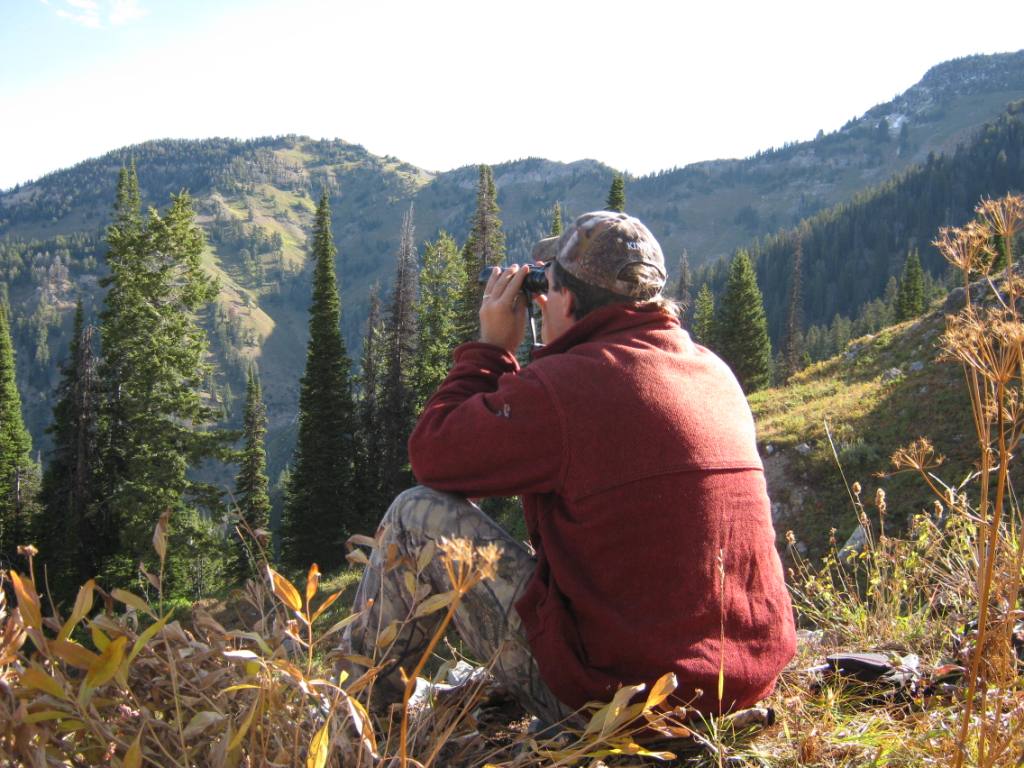
With the sun at my back, I can glass for miles
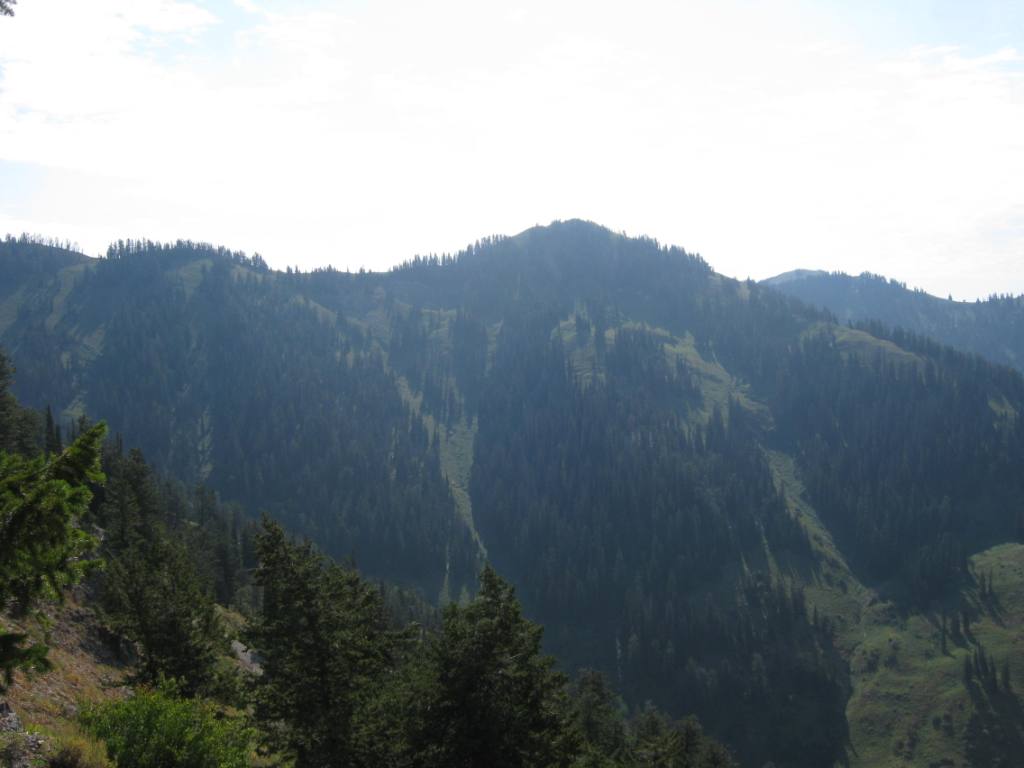
Glassing with the sun in your face decreses your effectiveness
Mistake 3: Not using the terrain to your advantage
Every mountainside has vantage points where you can best see other parts of the country and others where glassing is most futile. For example, glassing from the bottom of a drainage to its head isn’t very effective. Your line of sight is at a low angle, making deer very hard to see as even short brush, rocks, and trees can block your vision. It’s better to climb higher—even if the vantage point is farther away—to get a line of sight that is above the terrain you’re glassing.
Mistake 4: Not getting your optics steady
Pull out a tripod on a deer hunt and most guys think you’re going to take their picture, but steadying your binoculars can greatly improve your buck-spottin’ abilities. Without the shakes, you can more carefully study terrain. Just as important, you’ll glass longer and more comfortably. When a tripod isn’t possible, steady your optics by leaning against trees or even better, sitting down with your elbows propped up on your knees. If you’re not steady, you’re missing bucks.
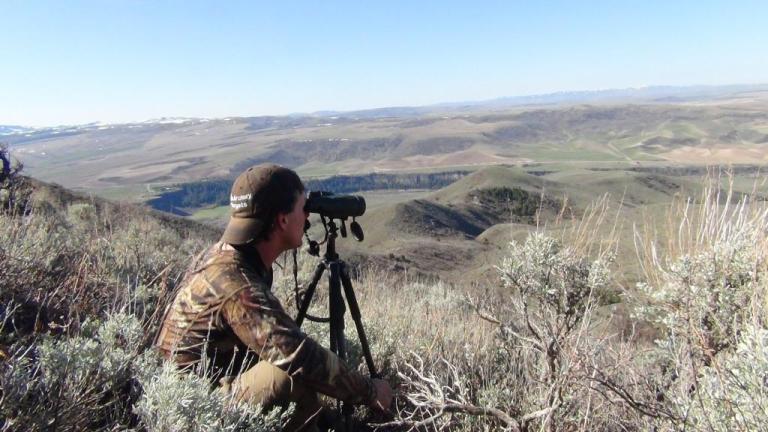
Mistake 5: Not being quiet while glassing
I’m embarrassed to say that I’ve missed shot opportunity at two top-end bucks simply because I wasn’t quiet while glassing. We forget that a top technique to outsmart bucks is to just sit quietly in likely country waiting for the bucks to move within range. Glassing fits this technique perfectly if you’re quiet. Problem is we get bored and talk loudly to our buddy sitting five feet away or we rifle through our packs looking for a snack without considering that bucks could be within hearing distance. Make it a habit to be quiet while glassing, keep your weapon close and you might have a shot opportunity at a good buck someday.
Swarovski’s Awesome 8×42 EL Rangefinding Binoculars (click pic to learn more)
Mistake 6: Moving your optics instead of your eyes
You can miss many bucks while panning your binos across likely country instead of only moving your eyes. Try this: steady your binos and only move your eyes through the field-of-view. You’ll notice things like rocks, branches that look like antlers, and other debris on the ground. Now, move your binoculars slowly across a slope staring at the center of the field of view. You may see boulders, trees, and spots bare of vegetation, but you’ll miss the details. Moving only your eyes makes you more aware of parts of deer while moving your optics only allows you to see whole animals, at best.
Mistake 7: Glassing country too close
I’m amazed when a hunter packs a 20-60x spotting scope into the high-country then only glasses the basin he’s hunting. While the spotting scope is a great aid in antler identification, it’s under utilized if that is all you do with it. I use a 30x spotting scope and look for bucks up to five miles away. Of course if I spot a buck at that distance I usually have to hunt him another day, but if I’m looking at all the country from within rifle range to several miles, my odds skyrocket at seeing a really good deer.
Mistake 8: Glassing country too far
Stay with me here, I’m not contradicting myself. If I’m only glassing the country beyond rifle range, I’m likely missing bucks that are bedded or hidden at closer ranges. By glassing quietly and studying the terrain up close, I’ll see bucks I’d surely miss as I glassed some distant peak. Getting fixated at long glassing distances drops your chances at spotting good bucks nearby.
Mistake 9: Exposing yourself too much while glassing
Big bucks constantly survey their surrounding for danger. If you’re skylining yourself while glassing, you might as well be blowing a foghorn. I can spot a hunter over a mile away on a skyline with only my eyes. How much easier for a buck to see an idiot making this silly mistake? Always break up your outline by staying off the skyline and using shadows, brush, rocks, or whatever to hide your form.
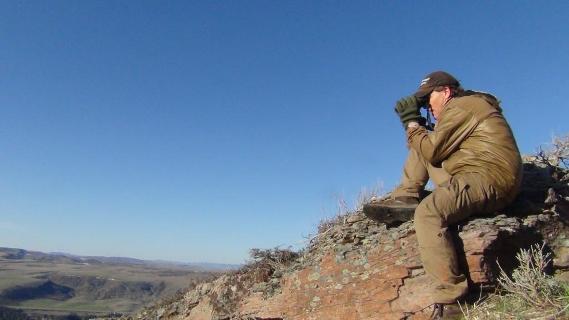
NO!
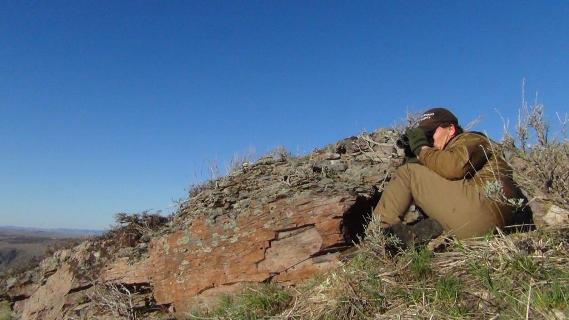
YES!
Mistake 10: Not practicing glassing during the preseason
I’ve hunted with other good hunters who are just getting out for the first time that fall. I’ve noticed that I often spot more bucks initially but as the days wear on, they get better and soon are showing me deer that I’ve missed. The difference lies in that I’ve been glassing for bucks since July; I’ve simply had more practice than they have. Make sure that you’re out glassing before the season to tune up your eyes. If I’m anywhere near deer country before the season, I always throw in the binos and give my eyes a little preseason warm up. You don’t have three or four days to waste on a deer hunt getting your eyes used to spotting deer.
Ponder these 10 mistakes before you head out to the hills. I guarantee correcting any one of them will make you more successful—I’d bet my Weatherby on it!
To read more about hunting mule deer, check out Robby’s new book: “Hunting Big Mule Deer: How to Take the Best Buck of Your Life” by clicking here:
Robby Denning is a life-long buck hunter and Co-owner of Rokslide.com














